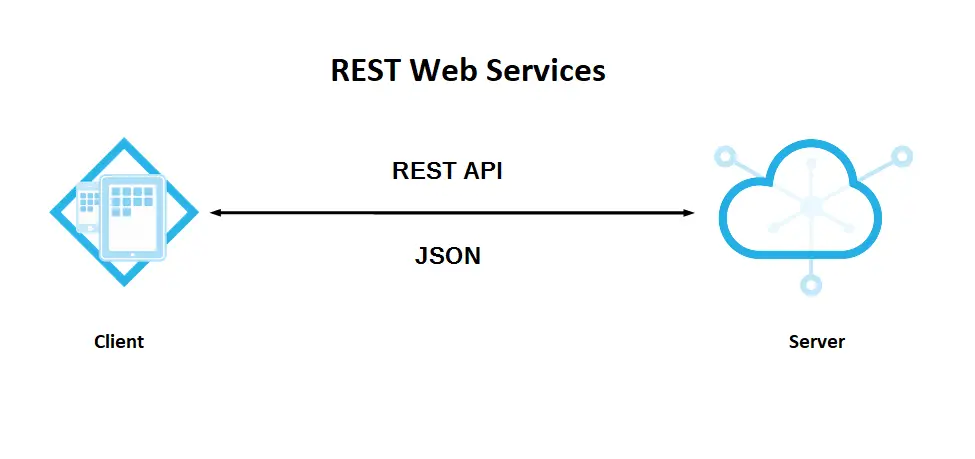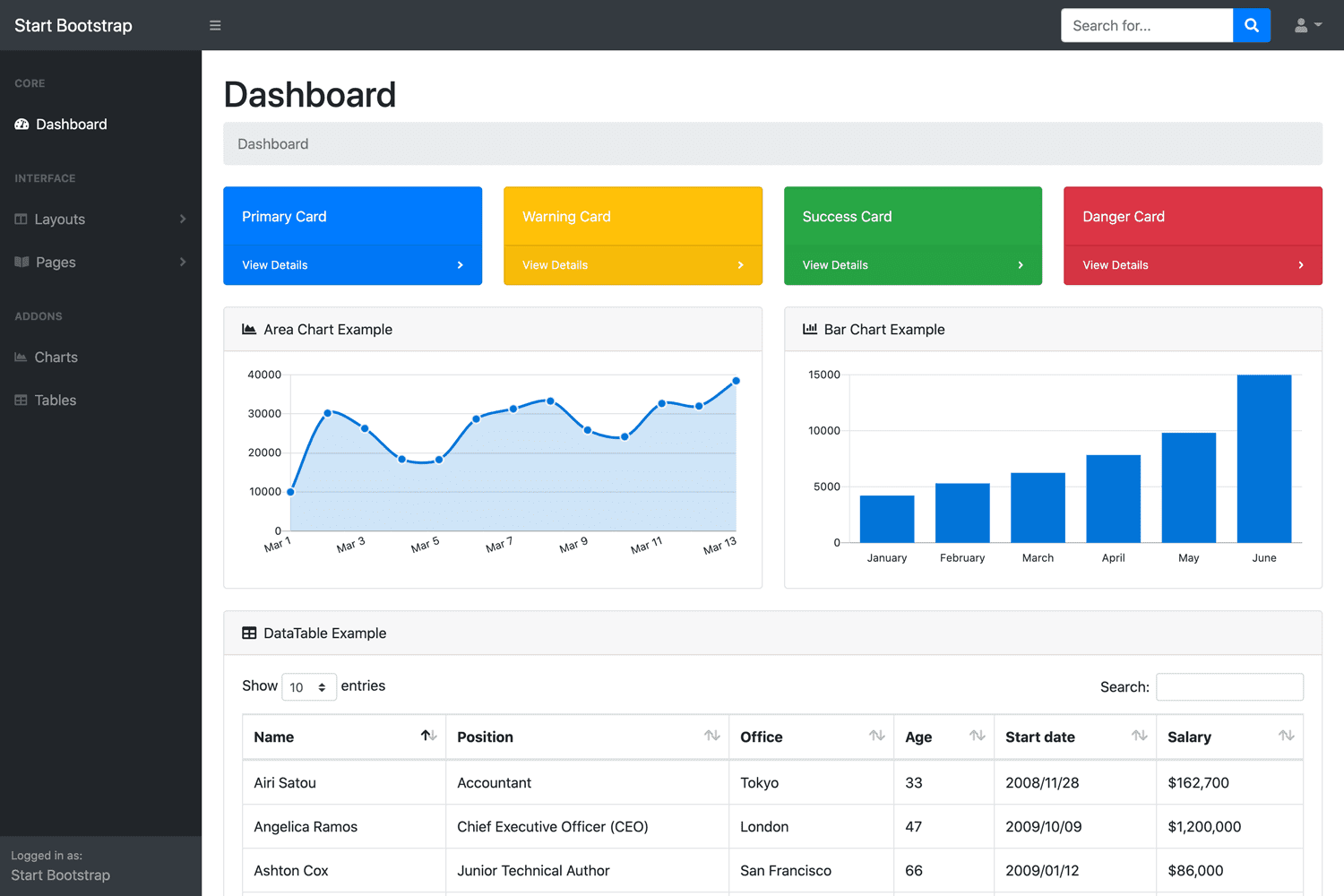What Are RESTful Web Services?
By Tan Lee Published on Feb 19, 2024 652
It's designed to provide interoperability between computer systems on the internet.

Here are some key characteristics of RESTful web services:
Resource-Based: RESTful services are based on resources, which are identified by URIs (Uniform Resource Identifiers). Each resource can be manipulated using standard HTTP methods like GET, POST, PUT, DELETE, etc.
Statelessness: RESTful services are stateless, meaning that each request from a client to the server must contain all the information necessary to understand and fulfill the request. The server does not maintain any client state between requests.
Uniform Interface: RESTful services use a uniform interface for communication between clients and servers. This interface typically involves using standard HTTP methods (GET, POST, PUT, DELETE) and standard media types (JSON, XML) for representing data.
Representation-Oriented: Resources in RESTful services are represented in a format that is suitable for the client. Common formats include JSON (JavaScript Object Notation) and XML (eXtensible Markup Language).
Client-Server Architecture: RESTful services follow a client-server architecture where the client and server are independent of each other. The client makes requests to the server, and the server processes those requests and returns the appropriate responses.
Cacheability: Responses from RESTful services can be cached to improve performance and reduce the number of requests sent over the network.
Layered System: RESTful services can be implemented in a layered system architecture, where intermediaries such as proxies and gateways can be used to improve scalability, security, and performance.
Overall, RESTful web services provide a scalable, interoperable, and lightweight approach to building distributed systems on the web, making them widely used for developing APIs (Application Programming Interfaces) for various applications and services.





